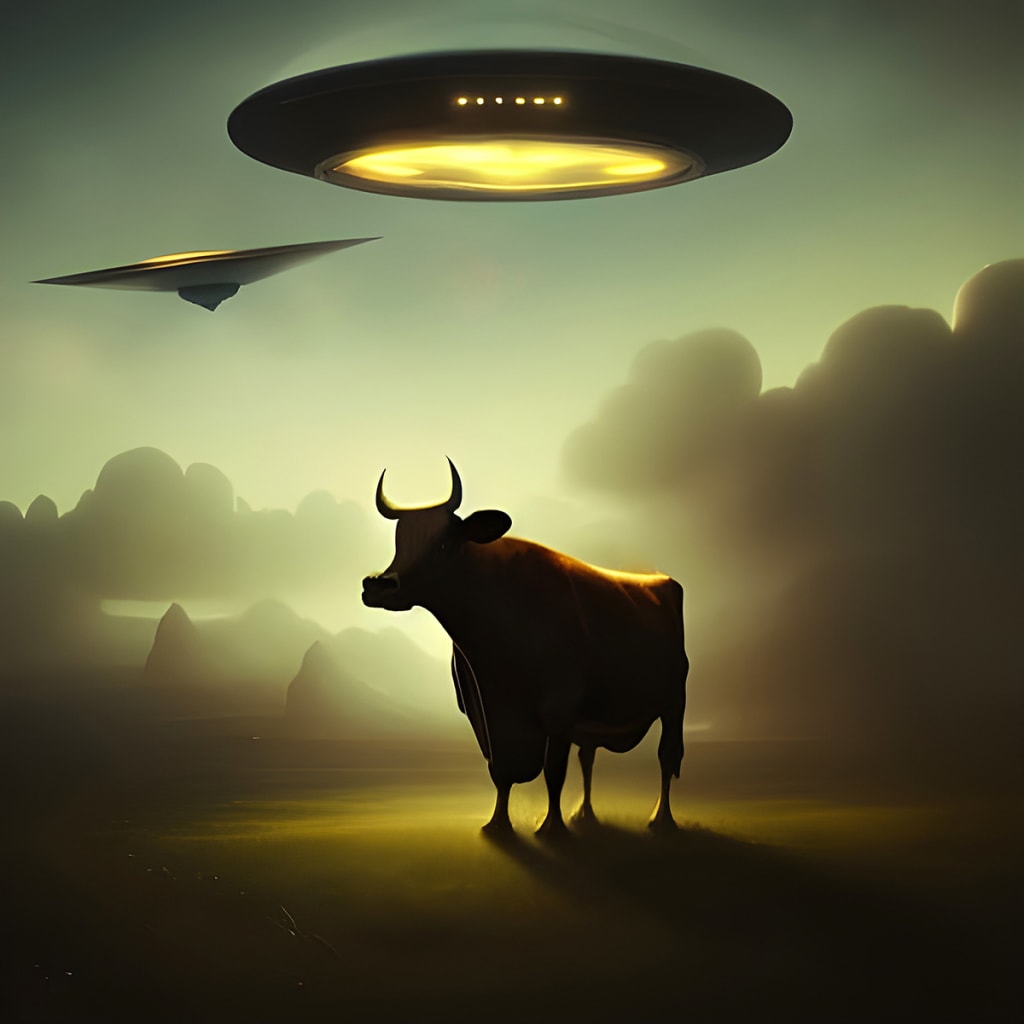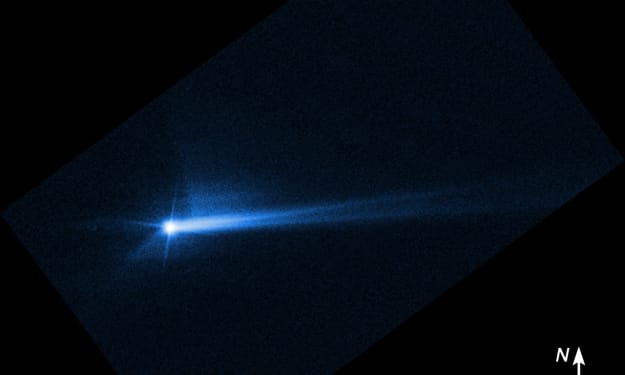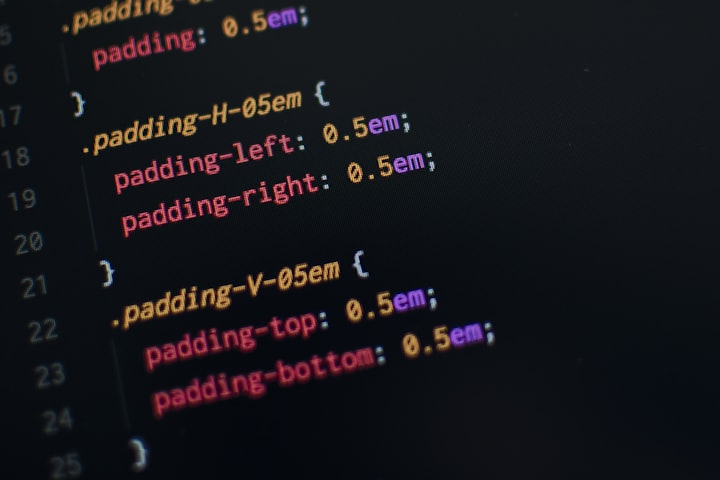UFOS BECOMING LEGITIMATE RESEARCH TOPIC FOR SCIENTISTS
UFOs, or UAP as researchers now call them, are no longer viewed with complete derision by science. Find out why some in the scientific and intelligence communities now think unidentified aerial phenomena might be worthwhile research topics.

It was a beautiful, clear, late summer night. I was stargazing aimlessly when I saw a brilliant flash right above my head.
The object burst into flames in the blink of an eye. Based on its direction, I assumed it ended up in the nearby lake.
What I saw wasn’t a UFO crash. It was what astronomers call a sporadic meteor fireball. That’s a meteorite that bursts into flames as it enters Earth’s atmosphere.
I KNEW WHAT I’D SEEN AND WHERE TO REPORT IT
I knew what I’d seen because I’d read about them in the Royal Astronomical Society of Canada’s Observer’s Handbook. I even knew where to report what I’d seen to help the scientists who study meteors.
Otherwise, my sighting might have ended up as one of the many UFO stories that circulate about unfamiliar objects in the sky. There are a lot more of them these days, partly because there’s more air traffic to see, especially radio-controlled drones, and partly because we all carry smartphones with cameras everywhere we go.
Nobody (credible) believes most of these sightings are of alien spacecraft. Even so, there are good scientific, intelligence and defense reasons to track and record them.
SCIENTISTS DON’T CALL THE SIGHTINGS UFOS ANYMORE
Scientists don’t call the events unidentified flying objects (UFOs) anymore. That’s a phrase that deservedly makes people chuckle and sneer.
The new, more respectable term is unidentified aerial phenomena (UAP). Last month, the US Office of the Director of National Intelligence (ODNI) declassified a report it submitted to Congress.
There’s a new law in the United States requiring the ODNI to report on UAP to Congress once a year. “This increased reporting allows more opportunities to apply rigorous analysis and resolve events,” according to the report.
NASA HAS APPOINTED A UAP STUDY TEAM
NASA is also interested in studying UAP events. They’ve appointed a UAP study team to look into these sightings from a scientific perspective.
The space agency’s project is called the Unidentified Anomalous Phenomena Independent Study. It’s an ongoing nine-month review of NASA’s archives for relevant sightings.
The study’s result will be a set of recommendations to NASA for future research. The team will also publish a findings report aimed at the general public.
HARVARD PROFESSOR AVI LOEB: ASTROPHYSICIST FOR 30 YEARS
Professor Avi Loeb earned his PhD in plasma physics from Hebrew University in Jerusalem in 1986. He’s been conducting research in theoretical astrophysics for the past 30 years.
Until recently, he was the chair of Harvard University’s astronomy department. He transferred from that position to lead Harvard’s Galileo Project.
According to the project team’s website, “The goal of the Galileo Project is to bring the search for extraterrestrial technological signatures of Extraterrestrial Technological Civilizations (ETCs) from accidental or anecdotal observations and legends to the mainstream of transparent, validated and systematic scientific research.”
HARVARD’S GALILEO PROJECT INCLUDES $300,000 OBSERVATORY
At the heart of the Galileo Project is a custom-built, $300,000 observatory equipped with the sensitive gear with which the team collects high-quality data on UAP events. “A million blurry images are worthless, compared to a single high-resolution video that resolves an object as it maneuvers,” Professor Loeb told Scientific American.
The observatory can record continuous infrared, optical and radio band videos of the sky. Its technology can also capture the ambient sound from events.
Taking advantage of artificial intelligence (AI) tools, the researchers will can analyze all the data they collect in unprecedented detail. Then, they’ll release their findings to the public, via the scientific community.
PROJECT GALILEO GROUND RULES
The project team has established four ground rules.
“1. We do not work with classified information or unreliable past data.
2. Our analysis of the data is based on known physics.
3. Our data and analysis will be freely published, documented and archived.
4. No results will be released except through scientifically-accepted channels of publication.”
The researchers view their sophisticated observatory as a pilot project. Professor Loeb explains, “We are planning to make three copies of this system over the spring of 2023 and to then place them in desired locations while we continue to test the first system at Harvard.”
The longer term plan is even more ambitious. The Galileo Project aims to roll out a network of 100 similar observatories across the United States at a cost Professor Loeb estimates to be “at a level of tens of millions of dollars.”
NOBODY EXPECTS UFOS LIKE EARTH VERSUS THE FLYING SAUCERS
Nobody expects the Galileo Project’s results to identify UFOs like those depicted in the 1956 film Earth Versus the Flying Saucers or the movie genre it inspired. The team believes that virtually every event they observe will involve earthly phenomena, either natural or artificial.
Having ruled all of those out, the researchers will focus any sightings that may remain unexplained. They believe that the only way to explain these anomalies is by creating the best data science can produce.
I’ll be honest. I don’t expect any of these projects to confirm that alien spacecraft, whether we call them UFOs or UAP, visit our planet. I say this partly because I’ve never seen any credible evidence of such a sighting.
NO TRACE OF INTELLIGENT LIFE IN OUR SOLAR SYSTEM
I also have to consider everything humanity has learned about our universe during my lifetime. There’s no trace of intelligent life anywhere in our solar system.
The distances involved in interstellar travel are unimaginably vast. The nearest star, Proxima Centauri, is four light years away.
That may not sound insurmountable based on the science fiction scenarios we’re used to. However, in the real world, our fastest rockets would take about 80,000 years to reach our nearest neighbour, and most stars are vastly more distant.
AND ANOTHER THING…
Other civilizations almost certainly exist somewhere out there, and they may have far more advanced technology than ours. Yet, I’m still skeptical that anybody could find ways and means to generate enough energy to travel across these inconceivable interstellar expanses in a single lifetime.
In any case, UAP definitely warrant further study aimed at finally resolving their mystery. Professor Loeb wrapped things up with Scientific American, saying, “The only way to advance our knowledge on the nature of UAP is through the assembly of high-quality data from instruments that are fully calibrated and yield reproducible results.”
We always have more to learn if we dare to know.
Learn more:
Scientists Try to Get Serious about Studying UFOs. Good Luck with That
James Webb Space Telescope Photos are Spectacular
About the Creator
David Morton Rintoul
I'm a freelance writer and commercial blogger, offering stories for those who find meaning in stories about our Universe, Nature and Humanity. We always have more to learn if we Dare to Know.






Comments
There are no comments for this story
Be the first to respond and start the conversation.